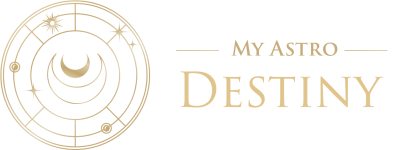The Astrological Aspect of the Julian Assange Case: The Nessus Conjunct Saturn Alignment
Astrology constitutes a complex web of cosmic alignments that are understood to influence human experiences on Earth. This perspective is explored in terms of the Julian Assange case, with the arrest and subsequent release of the WikiLeaks founder attributed to the rare occurrence of the Nessus conjunct Saturn alignment. It is fascinating to link astrological events with compelling human narratives, thus pointing to a meaningful interrelationship between celestial occurrences and the mundane world.
To comprehend this assertion, consider the explorations of astrology and its nuances, specifically, the Nessus and Saturn planets. Nessus, a centaur planet, stands for the unveiling of the truth through a rhythmic process that potentially involves pain and discomfort. On the other hand, Saturn represents order, structure, and discipline. Thus, the conjunction of these two planets – Nessus and Saturn – is deemed a potent moment in astrology that sees the emergence of concealed truths through rigid layers of structure and order.
As the link to Assange’s case is drawn, it is notable that the Nessus conjunct Saturn alignment occurred in the periods leading to his arrest. Assange, who made a name for releasing classified information through WikiLeaks, represents the Nessus energy – unveiling undisclosed truths that upset the prevailing order. Saturn, representative of the established structure, relates to the institutions Assange challenged with his actions.
In this context, the Nessus-Saturn conjunction took on a real-world persona, represented by Assange, who faced a severe backlash from bodies that represented Saturnian powers. In essence, he became the embodiment of the Nessus energy, ushering in a phase of conflict with the very Saturnian structures of power he sought to challenge.
However, a turning point correlates with the subsequent retrograde motion of Nessus. This retrograde phase typically signifies a reflection or revisiting of themes that sprouted during the planet’s direct phase. In Assange’s case, this could be seen with his release from arrest – a revisit to his initial state of freedom before the confrontation with Saturnian forces, marking an end to the initial cycle of the Nessus direct phase.
What is also interesting to note is that the cycle of Nessus is approximately 122 years, making each phase significant. Given this, Julian Assange’s case does not only represent an individual scenario but also a globally significant event foreseen by the Nessus-Saturn conjunction. The message here is clear – the lance of truth may sometimes puncture the air of societal peace, creating conflict that aims to bring about a new order.
Lastly, Louise Edington’s brilliant analysis on Nessus conjunct Saturn further illuminates this entire scenario. She explains how the myth of Nessus gives insight into the negative potential associated with this planetary alignment, especially in the misuse of power leading to payback time. Assange’s ordeal largely fits into this narrative, underscoring the validity of the perspective she provided.
In conclusion, astrology’s rich and nuanced language provides a compelling lens for viewing world events, such as the case of Julian Assange. More than a pseudoscientific hobby, the study of celestial bodies and their interconnectedness with our lived experiences provides insightful narratives about our present reality and future possibilities. In the dance of planets, we observe the choreography of human life – a rhythmic interplay between truth (Nessus) and power (Saturn). It’s a spectacle that will forever hold our gaze.















